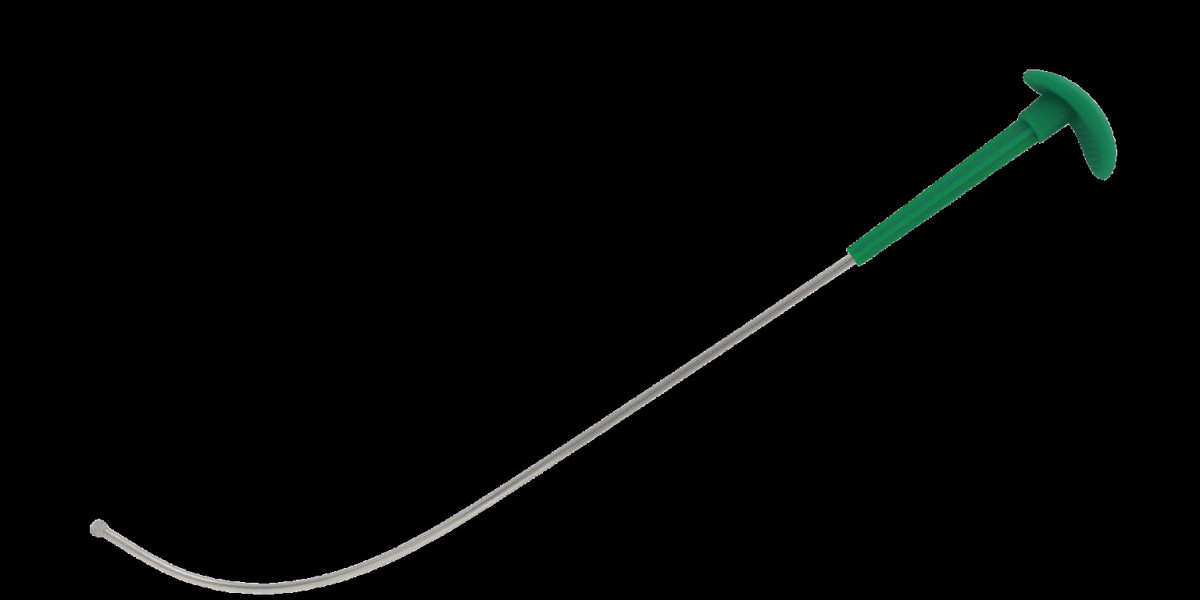Airway management is a cornerstone of critical care, emergency medicine, and surgical procedures. As patient safety becomes an increasingly dominant priority across healthcare systems, clinicians are re-examining even the most routine tools used during intubation. One such device—often overshadowed by more complex airway equipment—is the intubation stylet. Traditionally available as a reusable tool, the single use intubation stylet has emerged as a superior alternative in many clinical contexts. Its design, convenience, and infection prevention capabilities are transforming it into a new standard of care.
This article takes a closer look at the key benefits of the single use intubation stylet and why many healthcare providers are making the switch.
1. Enhanced Infection Control and Sterility:
Perhaps the most compelling advantage of single use intubation stylets is their guaranteed sterility. Each device is factory-sealed and sterilized before use, ensuring it is free from microbial contamination. In contrast, reusable stylets rely on proper reprocessing protocols to maintain cleanliness—a process that, while effective when strictly followed, is still susceptible to human error, equipment malfunction, or procedural lapses.
The use of single use stylets helps reduce the risk of hospital-acquired infections (HAIs), including ventilator-associated pneumonia (VAP), which can arise from contaminated airway equipment. With growing emphasis on infection control and regulatory compliance, eliminating the variable of reusable devices has become a proactive, evidence-backed safety measure.
2. Immediate Availability and Operational Efficiency:
Single use stylets offer immediate readiness. There is no need to wait for sterilization, reassembly, or inspection. In fast-paced environments like emergency rooms, trauma units, and operating theaters, this saves valuable time and ensures clinicians always have a sterile tool on hand.
This immediate availability also streamlines workflows in hospitals where sterile processing departments are stretched thin. By reducing the burden on these departments, disposable stylets help improve overall efficiency without compromising patient care.
3. Consistency in Performance:
Reusable stylets can degrade over time, becoming bent, stiff, or less pliable—leading to inconsistent or suboptimal performance. A single use intubation stylet provides consistent shape, strength, and malleability with every use, allowing for smoother and more controlled intubation. This uniformity improves clinician confidence and reduces the risk of complications during airway placement.
Especially in teaching hospitals or among less experienced providers, consistency in device handling can support training and improve procedural outcomes.
4. Reduced Risk of Cross-Contamination:
Cross-contamination between patients remains a persistent concern, particularly in high-volume settings. While reusable equipment is meant to be thoroughly cleaned between uses, lapses in technique or tracking can lead to the unintentional reuse of contaminated tools. A single use stylet removes this risk entirely, making it ideal for use in:
- Isolation units
- COVID-19 or respiratory infection cases
- Intensive care
- Immunocompromised patient care
By integrating disposable devices into standard infection prevention protocols, facilities can further protect both patients and staff.
5. Lower Long-Term Risk and Liability:
Although reusable stylets may appear more economical up front, they introduce hidden costs—sterilization supplies, labor, equipment maintenance, and potential infection-related liabilities. A single use stylet eliminates these variables and may reduce costs associated with:
- Reprocessing failure
- Device-related infections
- Equipment damage or replacement
- Legal claims or regulatory non-compliance
From a risk management perspective, many institutions find that the predictable cost and lower liability exposure of single use devices provide better overall value.
6. Supporting Regulatory and Accreditation Goals:
Healthcare institutions are under increasing pressure to meet infection control benchmarks established by the CDC, WHO, and accreditation bodies like The Joint Commission. The use of single use airway equipment, including stylets, helps standardize compliance and minimizes variability in infection control practices. When audits, inspections, or HAI investigations occur, having a documented system that favors disposables strengthens a facility’s case for due diligence and best-practice adherence.
Conclusion:
The single use intubation stylet may be a small component of the intubation toolkit, but its impact is anything but minor. From infection prevention to operational efficiency, its advantages are clear and compelling. As healthcare continues to prioritize patient safety, risk mitigation, and streamlined care delivery, single use stylets represent a smart, forward-thinking solution.
Whether in a trauma bay, an ICU, or a routine surgical suite, choosing a single use stylet is more than a matter of convenience—it's a commitment to safer, more consistent, and more modern airway management.



